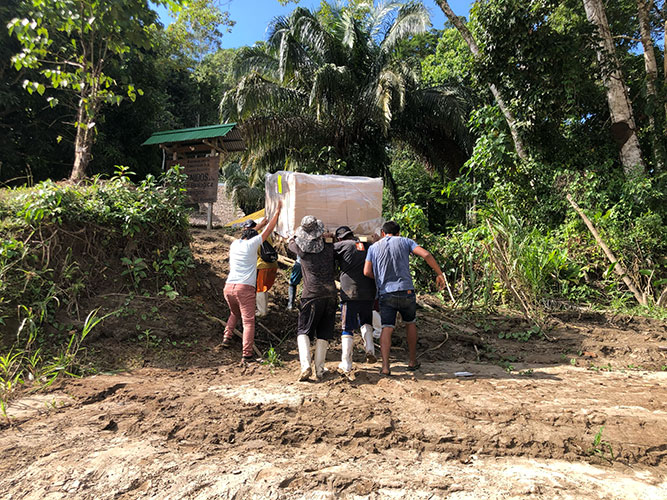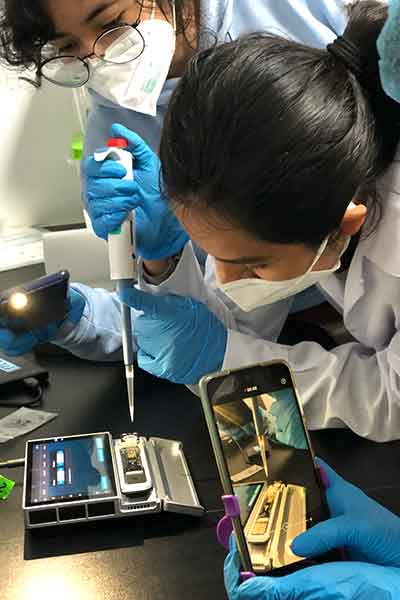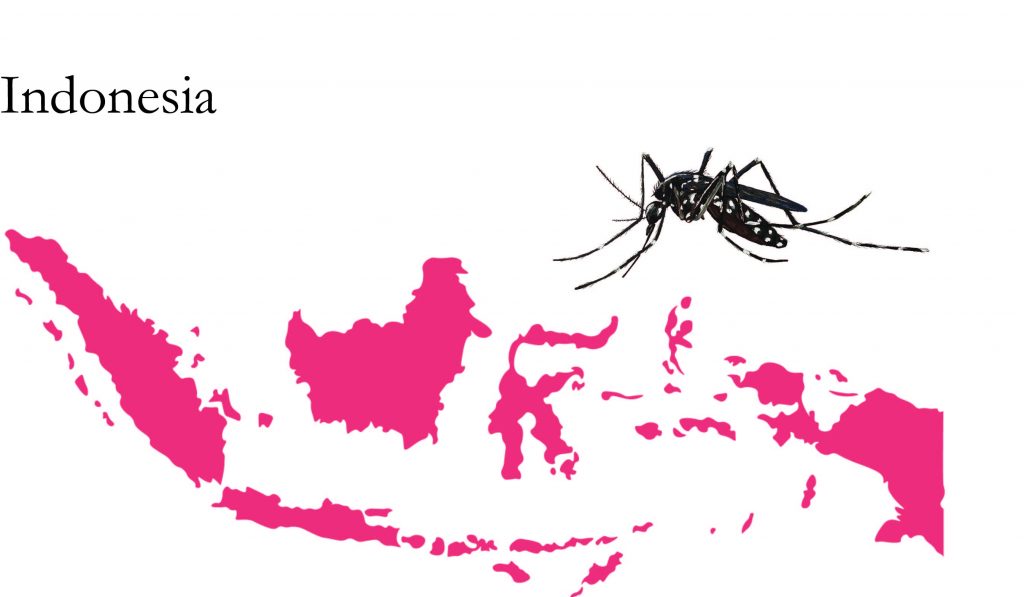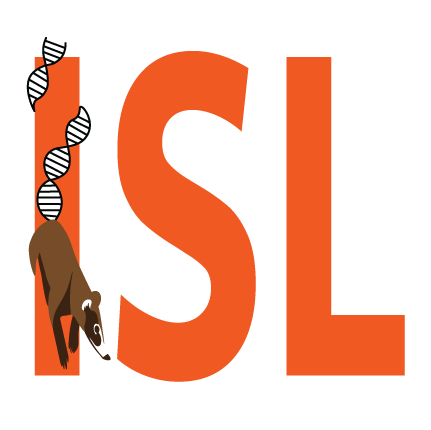THE IN SITU LABORATORY INITIATIVE
Building local capacity to monitor wildlife health and biodiversity globally

Decentralized and Community Driven
Democratizing Laboratories
The In Situ Lab Initiative has a democratic architecture that is based on a network of hubs. Each hub is a node in a network of decentralised laboratories, and consists of hubs connected upwards to urban established laboratories, and downwards to satellite or mobile laboratories. Together, the network dramatically increases the availability of laboratory services targeted to wildlife and the environment, in a particular region.
What makes a good laboratory hub?
ISL Initiative hubs are/will be located anywhere from remote field stations without road access or electricity, to a town without without prior laboratory access, but established energy and infrastructure supplies. All of them however, have to consider several factors to ensure smooth operability and equitable access. A good hub needs:
- Secure infrastructure with the potential for establishing sterile workspace.
- Equitable access to the hub including affordability.
- Adequate energy supply to the hub, with a preference for sustainable energy sources.
- Appropriate biohazard disposal pipelines.
- An emphasis on plastic reduction.
- Proximity to sample collection to increase collection scale and reduce time to preservation per sample.
- A data tracking system to efficiently record the path taken for each sample from collection to sequencing.
- A community-based approach with regional partners as primary leaders for each hub.


The Well Planned Hub
comes equipped with significant advantages
Adding or upgrading laboratory space can radically expand opportunities to study, record, describe and analyze information locked into biosamples. Bringing a laboratory to a geographic location where there has never been a laboratory can also impact local communities.
Biosample Access
Not only do biosamples provide a hitherto inaccessible perspective on wildlife biology, but they can also influence population monitoring. For example, if genotyping a fecal sample to identify its producer is possible, then samples without known producers can be collected opportunistically, reducing the amount of time spent watching animals waiting for samples to be produced.
Community Access
Not only does an ISL lab provide people with access to infrastructure and equipment, but it reduces and even eliminates the need for biosamples to be exported to foreign countries for analysis. Therefore, the exportation of opportunity - to participate in sample analysis and not only sample collection - can be eliminated with a well-planned hub.
Explore the ISL's Hubs

Vietnam
Hubs 3 & 4 in Vietnam will be operational in 2024

Indonesia
Hub 5 in Indonesia, is in the planning process


